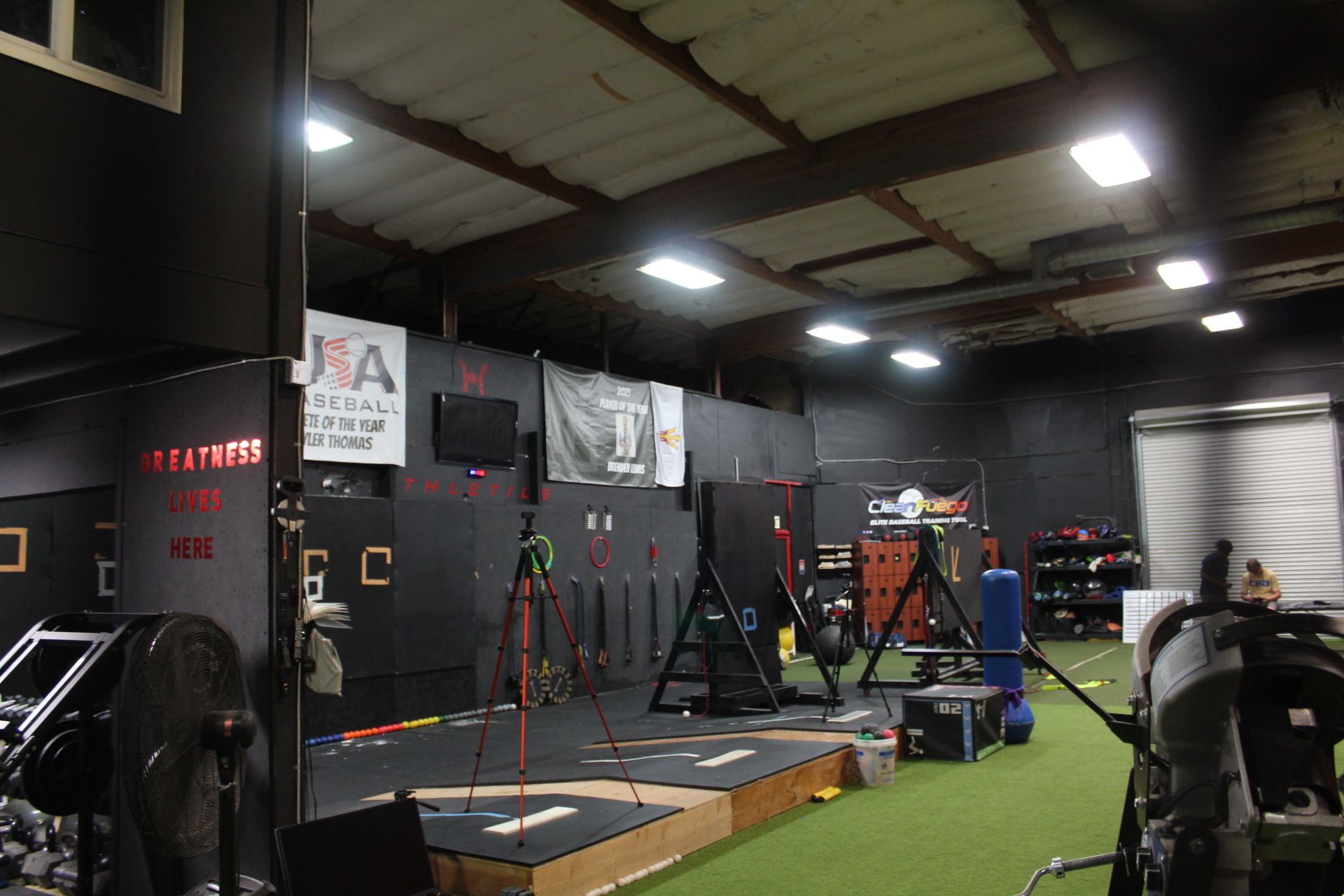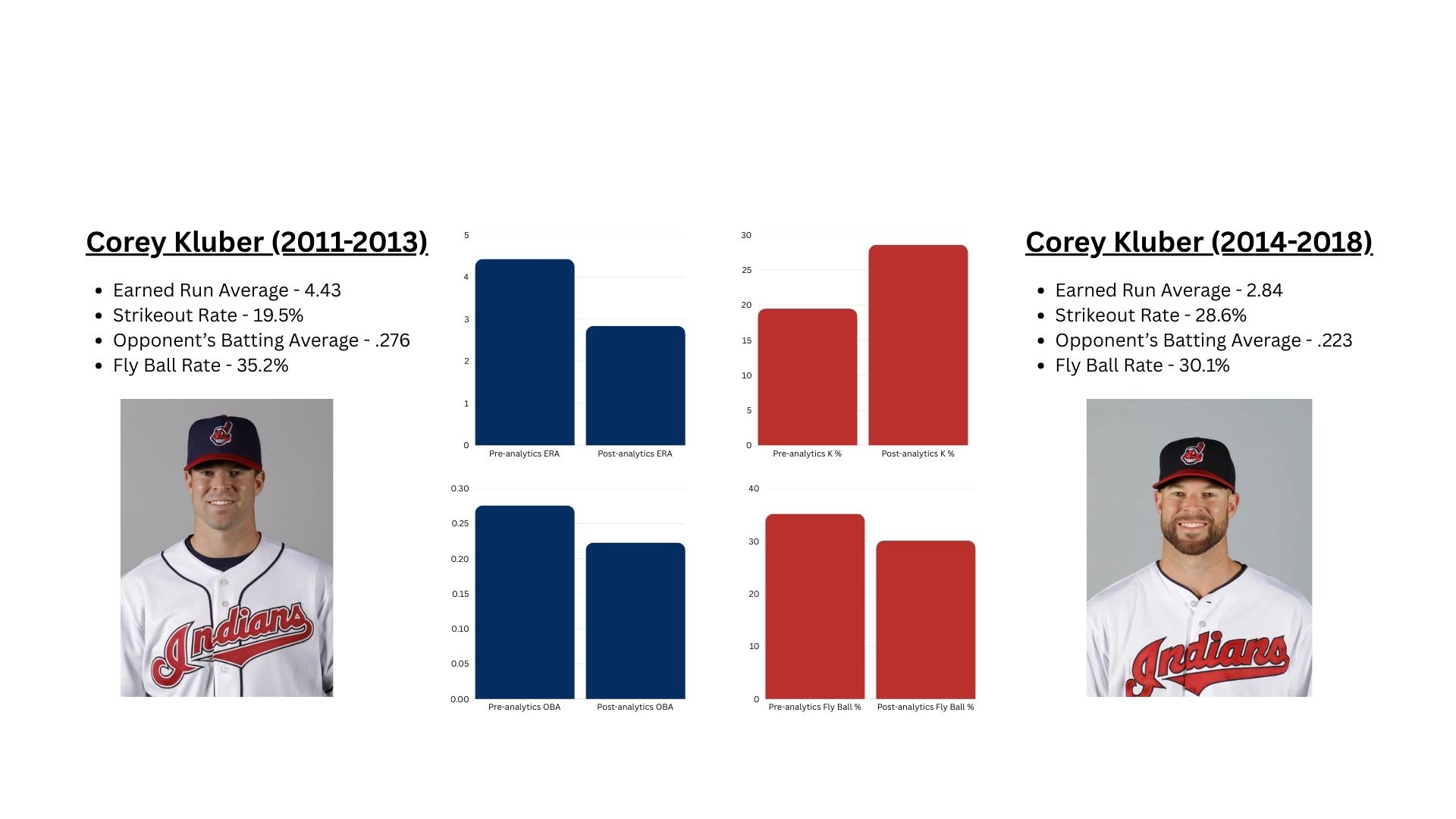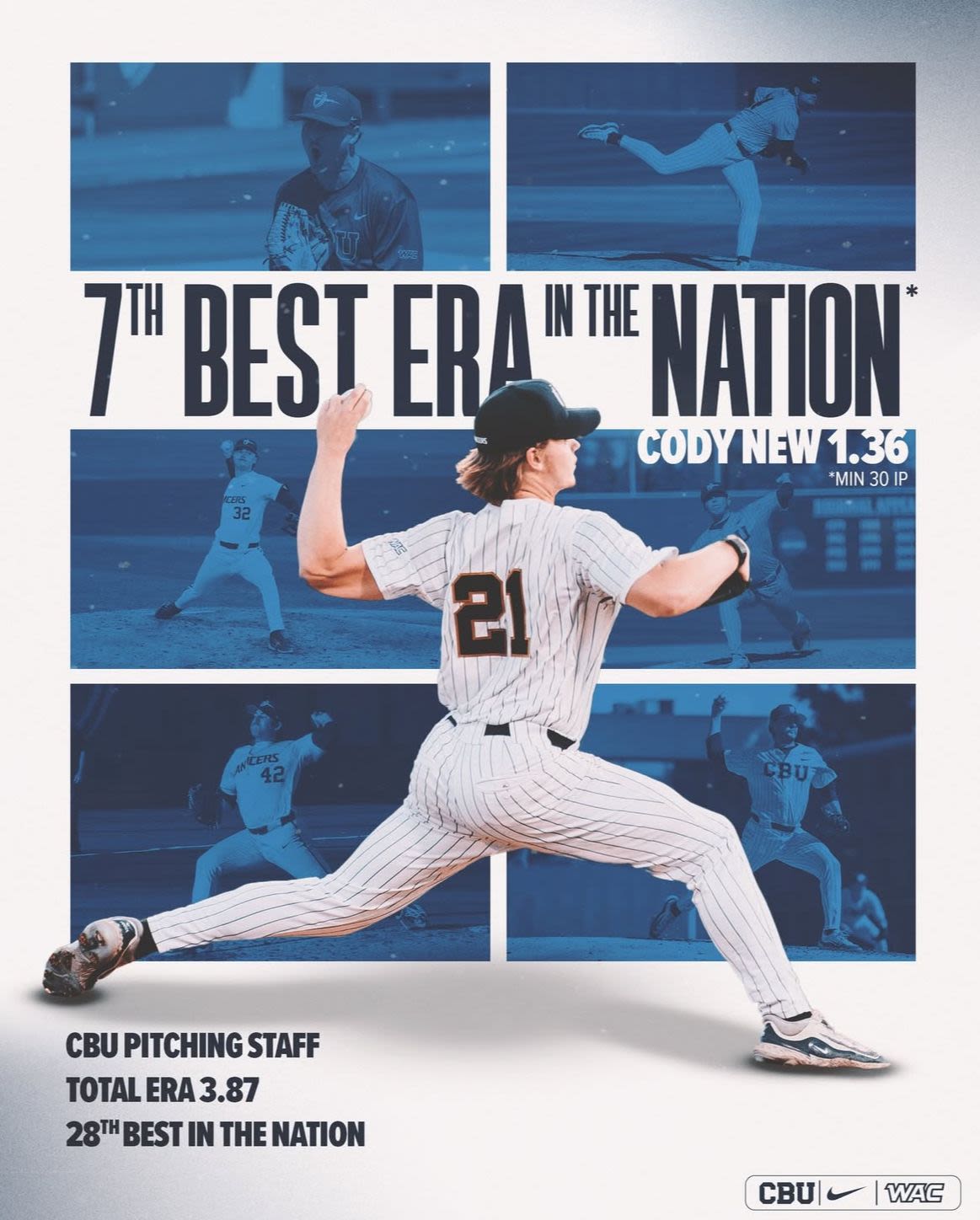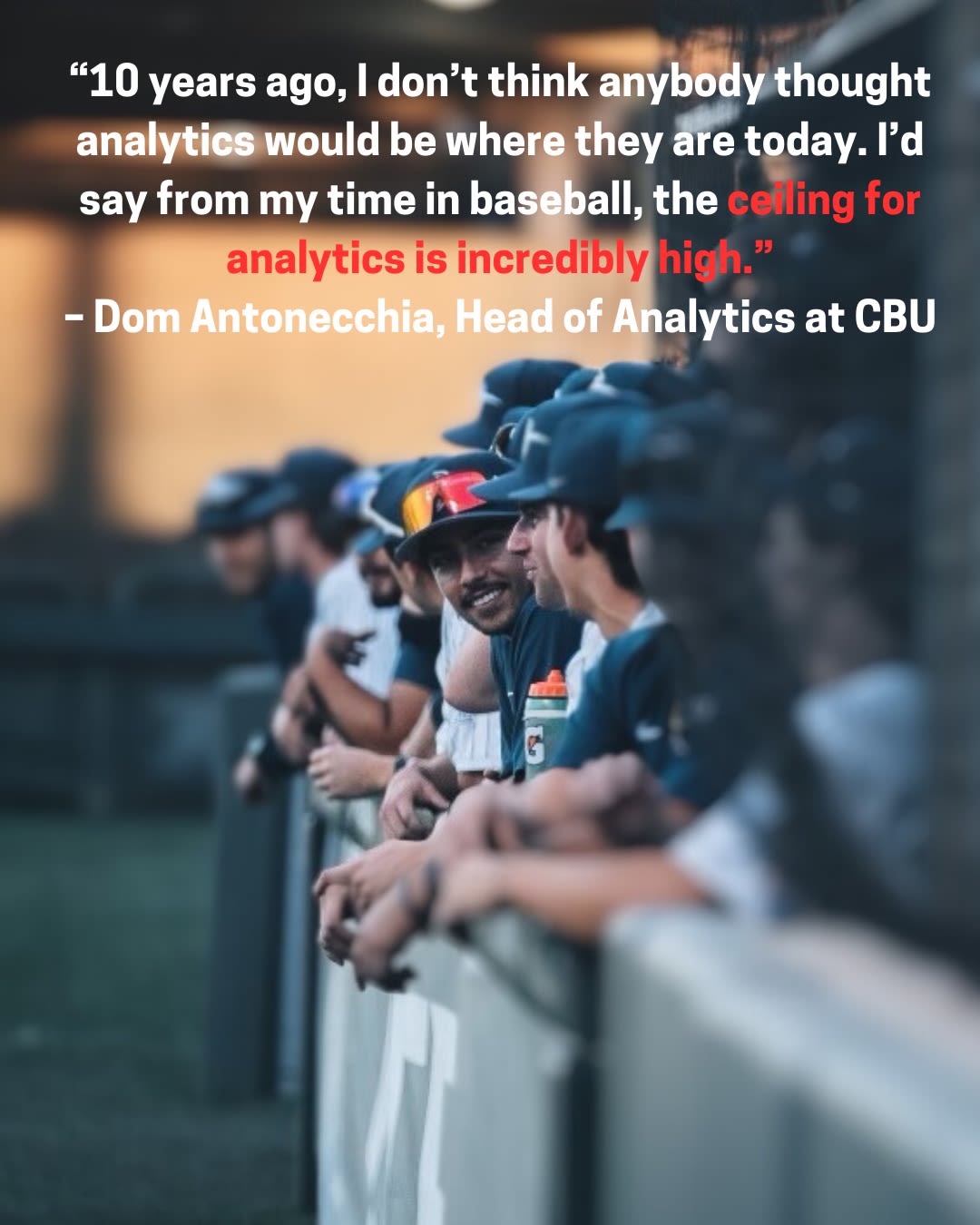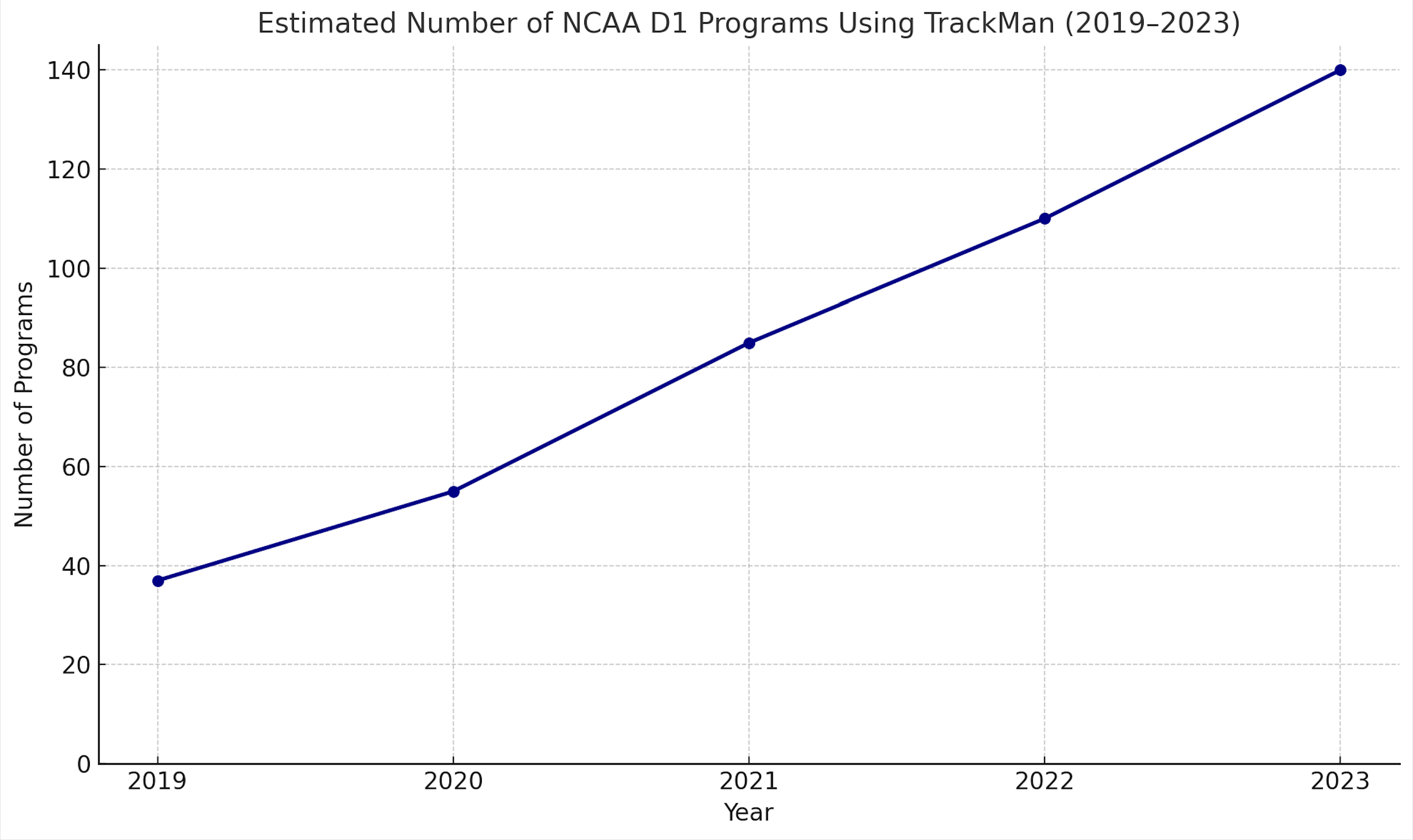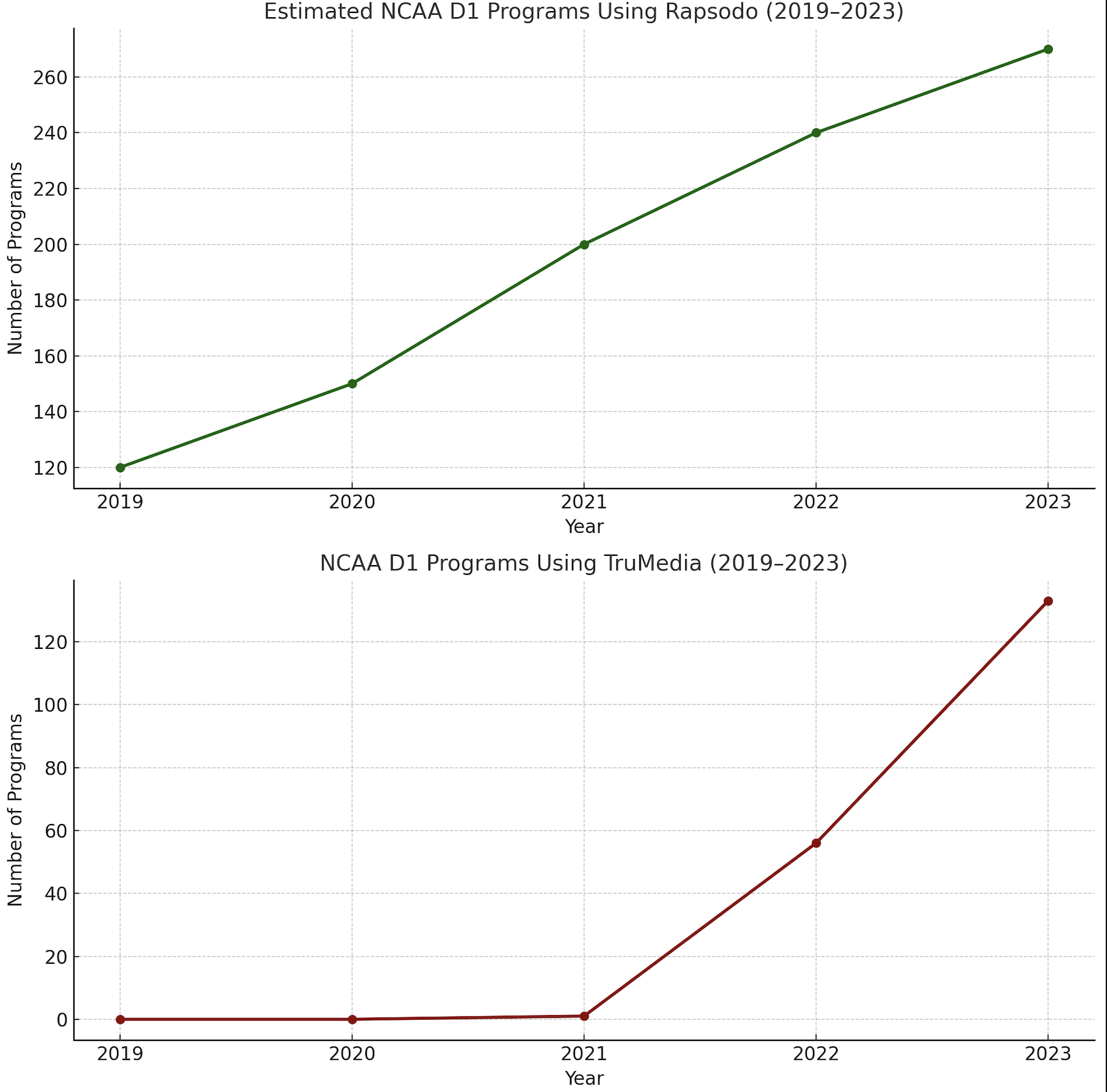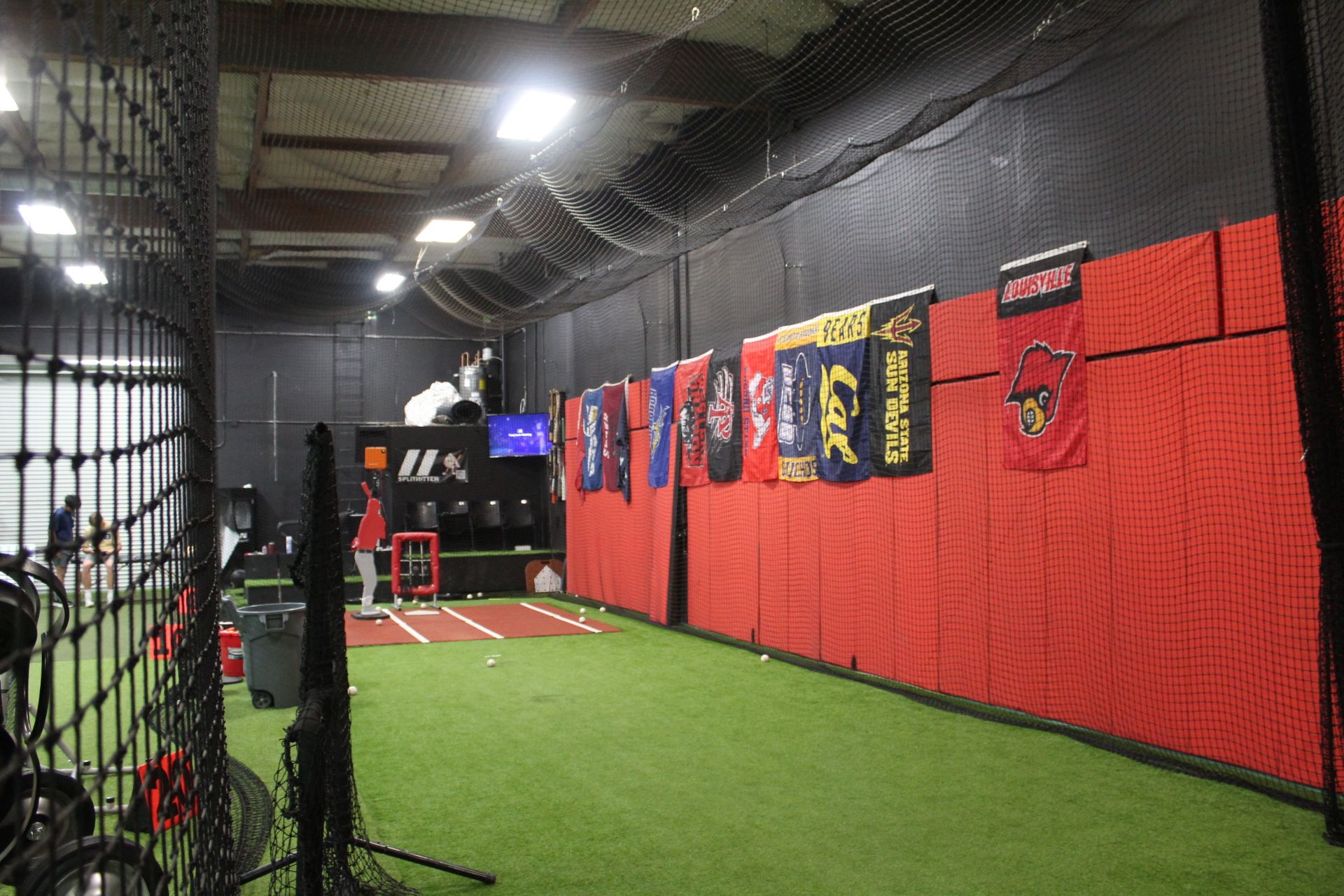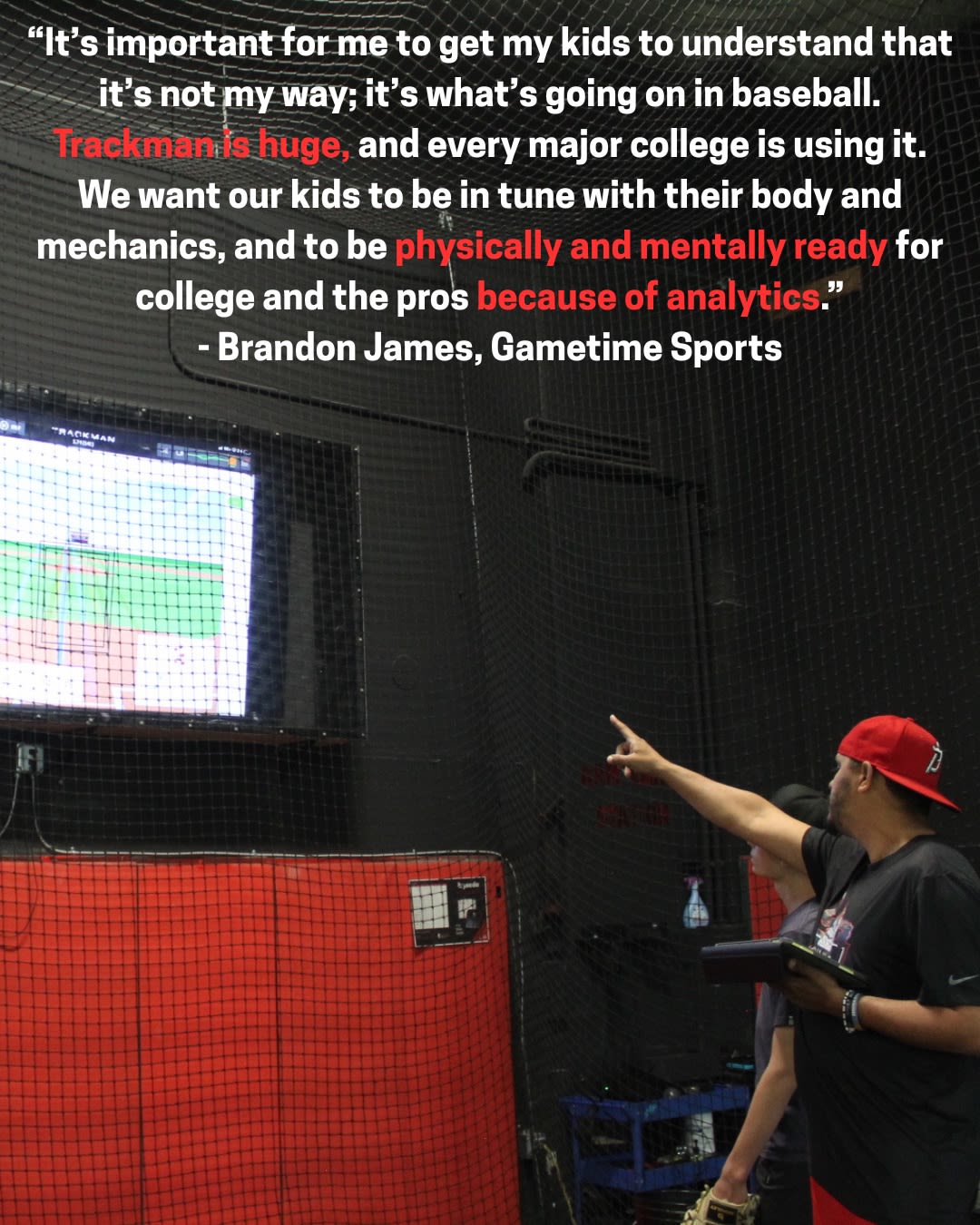From Tee-ball to Trackman: Baseball’s Analytics Revolution in Amateur Play
How the statistical phenomenon took over the MLB and is now leaking into college, high school and youth baseball
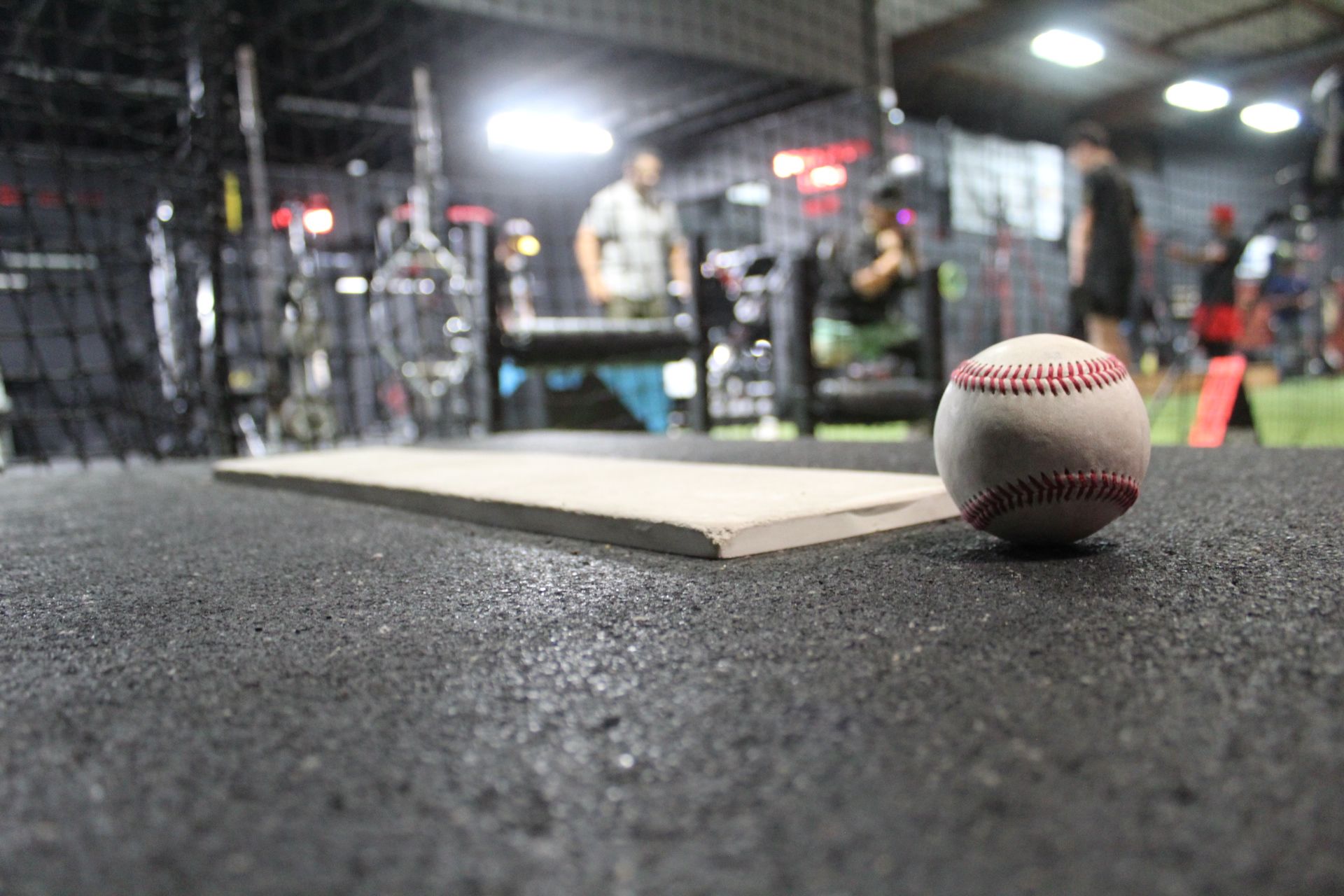
The Seattle Mariners seen shifting against pull hitter Joey Gallo in 2018. Gallo's career was arguably ruined by the shift.
The Boston Red Sox clinged to a one-run lead in the bottom of the ninth. It was July 5, 2021, and the top team in the American League was looking to take the first game of their road stand against the Los Angeles Angels. The one thing standing between them and their fifty-fifth win on the season was Shohei Ohtani — only the best baseball player the game has arguably ever seen.
Boston’s Adam Ottavino, a veteran reliever known for a slider that moved more like a frisbee than a baseball, toed the mound with both the tying and game-winning runs on first and second base. Ohtani dug into the batter’s box, the baserunners crept off their bags and the crowd rose to their feet.
With a 3-1 count to Ohtani, it looked like Ottavino wanted nothing to do with the American League MVP until he hung a slider that Ohtani ripped into the right-side gap. However, the crowd’s excitement was quickly extinguished when Boston’s second baseman, Christian Arroyo, was standing in shallow right field — some 30 feet away from his usual position — to reel in the missile off Ohtani’s bat and secure the win for the Red Sox with an easy throw to first.
On the scorecard — one of baseball’s most timeless tools and an old school way of recording a baseball game — Ohtani’s rope was penciled in as a routine ground ball. But anyone who witnessed the play could testify that the scorecard didn’t tell the full story; there was nothing routine about the final out. Thanks to new school technology that had only emerged into America’s Pastime just a handful of years before this 2021 game, Arroyo knew just where to stand and robbed Ohtani of the game-tying hit.
Baseball analytics had collected data from hundreds to thousands of Ohtani’s swings, hits and at-bats to conclude that the Japanese sensation was far more likely to pull the ball towards right field rather than send it over to the left side. Therefore, while the crowd was getting rowdy and Ohtani waited for the pitch, Arroyo was positioning himself right where the computers told him Ohtani would hit it and the no-man’s-land of right field was now occupied.
Introducing “The Shift,” one of the first concepts that came from the ever growing phenomenon of baseball analytics. A handful of MLB careers ruined and a collection of angry fans later, and shifting your defensive players across the diamond was banned by the league in 2023. Now while the shift undoubtedly threw fans and pull hitters of the MLB for a loop, some would say the rise of baseball analytics has resulted in more good than bad.
There’s overwhelming evidence that the rise of baseball analytics from the early to mid-2010s to present day has improved player health, development and overall knowledge of the game in monumental ways. The changes to the game have been so noticeable that since the late 2010s, baseball analytics have begun leaking into college, high school and even youth programs.
The improvement at the major league level has been game changing on both sides of the ball because of advanced baseball analytics — often referred to as “Sabermetrics.” While analytics didn’t necessarily originate in the mid-2010s (Billy Beane, general manager of the 2002 Oakland A’s, relied on simple analytics to lead a visually unappealing team to the World Series thanks to their statistically appealing style of play) baseball analytics surely skyrocketed in the 2010s.
Career arcs like those of former Cy Young pitcher, Corey Kluber, or World Series slugger, Justin Turner, prove that both pitching aces and power hitters benefitted from the 2014 rise of analytics. The duo entered the league at around the same time, and rocky starts to their careers were saved largely in part to their development that was facilitated by Sabermetrics.
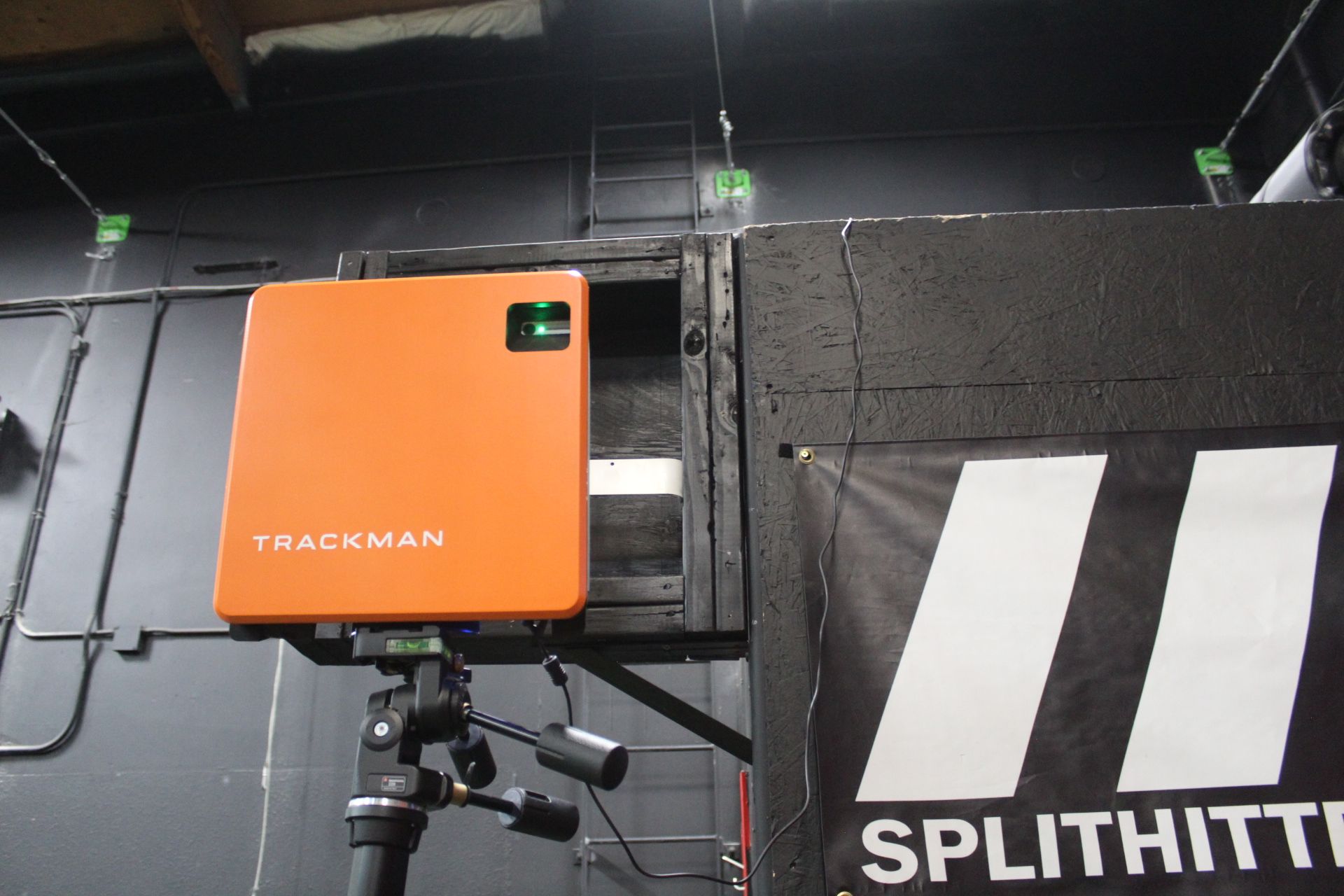
Kluber, longtime ace for the Cleveland Indians/Guardians, struggled to find his stride in the bigs. His 4.43 earned runs average and measly 19.5 strikeout percentage from 2011-2013 were stats concerning enough to threaten the fourth round draft pick’s playing time in the MLB. Sabermetrics, implemented by Cleveland the season following another rough year for the righty, gave Kluber and his pitching staff a new perspective on his mechanics and pitch arsenal.
The following five seasons from 2014-2018 saw Kluber’s career take a complete 180. Kluber’s spin rate, mechanics and control were statistically better, and his approach on the mound was noticeably different. Analytics from PITCHf/x, a pitch tracking system, indicated that Kluber was throwing his fastball too much and not relying on his far more deceptive slider and cutter mix.
Kluber stopped looking to overpower hitters with a fastball that just wasn’t getting it done, and rather focused on improving the spin rates of pitches that the computers found to be most effective. The Sabermetrics additionally told Kluber and his pitching staff where he should be throwing these off-speed pitches to keep hitters out of rhythm and not ready for the fastball that they used to crush.
Over those next five seasons, Kluber became a 2-time Cy Young award winner and a 3-time all star who pitched to a wicked 2.84 ERA and held opponents to a .223 batting average. A career on thin ice was propelled partly due to Sabermetrics uncovering a level of Kluber’s game that no one knew about.
On the other side of the ball, slugger Justin Turner managed to leverage Sabermetrics in a way that saved his career and left him regarded as one of baseball’s most consistent hitters in the late 2010s. Turner’s four year stint as a New York Met was hard to watch as he posted a .269 batting average and .377 slugging percentage during his time in Queens. Promoted as a hard hitting prospect, Turner surely swung the bat like someone with a lot of power, but the numbers proved the third baseman was doing anything but adding pop to the Mets’ lineup.
Turner signed as a free agent with the Dodgers in what looked to be the last straw of an unimpressive career before the 2014 season. Sabermetrics reworked Turner’s swing before he laced up the cleats for the Dodgers, and encouraged him to work on his discipline and pitch selection at the plate. Studying pitchers at a more technical level, while reworking his swing to increase launch angle, did wonders for Turner who quickly turned into one of the league’s most selective hitters and revered power bats.
He hit .302 from 2014-2021 with the Dodgers, and significantly boosted both his walk and home run rate while in Los Angeles. Sabermetrics took a guy who was seemingly swinging blindly up at the plate, and gave him a nuanced approach to hitting that brought new life to his dying career.
Kluber and Turner are a small sample size that illustrate the remarkable advancements Sabermetrics have brought to America’s oldest sport. Careers being revitalized on the game’s biggest stage caught the attention of baseball programs around the nation, and Sabermetrics soon were filtering their way through college baseball teams.
Baseball analytic tools like Trackman and Rapsodo were brought in by top teams including North Carolina, Ole Miss and Vanderbilt, before making major impacts on smaller programs like Dallas Baptist University and Cal Baptist University in Riverside, California.
Dom Antonecchia
Head of Analytics, CBU Baseball

Entering his junior year, Dom Antonecchia decided to get involved with CBU’s baseball program. A lifelong baseball fan and player, Antonecchia was ready to get back into the game he loved — this time as a team manager. The sports analytics student found himself handling routine activities for the baseball team, from doing laundry after practice to warming players up before games; Antonecchia was just thankful to be involved.
However, he felt most at home behind the laptop and Trackman. His background and interest in sports analytics was finally being put to use, and the team quickly caught on to how useful Antonecchia’s knowledge of baseball analytics could be for the program.
“Coming out of the 2023-2024 season, I wanted to try and take on a bigger role. Nobody had ever done analytics, and they had always been used at a lower level at CBU,” Antonecchia said. “But I was able to leverage the relationships I had with some of the players and coaches to pitch myself being the head of analytics. It’s been a great opportunity for me to grow, and also for the team to get their hands on this technology and research.”
And like the pros during the early implementation of sabermetrics, Antonecchia and the CBU team didn’t waste what the technology had to offer. Antonecchia, receiving the full approval to dive head first into Sabermetrics, saw instant pay off for the Lancers’ pitching staff.
The data-driven approach that Antonecchia enforced during the 2024-2025 season resulted in the 7th best ERA pitcher in the nation and 28th best ERA pitching staff in the country. The Lancers put Division 1 baseball on watch, and the technology they had at their disposal played a massive role in such eye-popping stats.
“At the beginning of the fall, our head coach was actually pretty suspicious of the analytics,” Antonecchia explained when going into the complexity and expensive nature of the equipment. “He’s always been a bit more old school, but showing him the capabilities of the new equipment and not overstepping when it came to player development sort of bridged that gap.”
Old New vs New School... The Numbers Speak a Universal Language
And the numbers don’t lie. With things trending upwards for CBU’s pitching staff, the coaches had no choice but to take a glance over at the computer screen and see what Antonecchia was finding.
With Antonecchia set to graduate as CBU’s 2025 season wraps up, it’s unclear as to if the head of analytics for the Lancers will even be around come fall of 2025. But as baseball analytics have been widely adopted by nearly every Division 1 program in the country — and most major Division 2 teams — they are gaining headway in high school too. According to Antonecchia, most of the ball players entering college don’t need a ton of training on Sabermetrics because of the data-driven coaching they are receiving in high school and on travel baseball teams.
“The kids that are coming in are a lot more familiar with analytics and metrics. They understand their pitch shapes and numbers. I think we’ve only got a few more classes that are new to analytics, especially in California where the schools and the coaching are at such a high level.”
What was once a tool built for only baseball’s greatest athletes, is now at the disposal of anyone aged 12-22 who belongs to a large enough program. However, this raises the question: At what point do we just need to let the kids play?
“Obviously the way that we grew up playing ball is a lot different from what kids get now, so yeah, I might have to say hooking a 12-year-old kid up on a Trackman is a bit excessive. But on the contrary, it’s where the game’s headed and it’s not a bad idea to develop kids to be at the maximum performance level at a really young age,” Antonecchia chimed in.
CBU ranks higher than most Power 5 and mid-major baseball programs at the Division 1 level in 5/10 main statistical categories, according to Antonecchia. The technology is working, and Antonecchia’s perspective that everyone should get on board — regardless of age — is the same mentality that San Diego-based pitching coach, Brandon James, carries when training his middle schoolers.
The Los Angeles born pitching coach making noise in San Diego
College baseball flags line the walls. A handful of professional baseball hats and countless other minor league caps hang from every nook and cranny of the facility. A $20,000 trackman is proudly perched in the center of the floorspace. Coach James has poured every ounce of time, energy and money that he’s owned to call this El Cajon facility home.
“Every hat, flag or jersey you see here comes from a player that I coach or used to coach who made it to the next level. It’s a reminder for the younger guys that having a deliberate routine during practice and work outs has a purpose."
And the Los Angeles native has been drilling that same deliberate message home for nearly 10 years as a coach. According to James, he first incorporated analytics into his coaching style when introducing his high school baseball team at Santa Fe Christian to Rapsodo.
One of the first baseball analytic tools to break out into the market, Rapsodo is primarily used by hitters to track launch angle, bat speed and hit distance. It was a useful tool, but for James, who had spent his entire playing career as a pitcher, he needed tools that would assist him in developing high school pitchers.
“Nowadays, I use the Trackman, Nextiles and ArmCare. Trackman handles all the mechanics, spin and numbers, and then Nextiles and ArmCare are more for their development and player health which is huge as they grow into their bodies,” James explained.
One walk through of James’ facility could show anyone that the Trackman and other fancy gadgets aren’t just for show. A lot of traditional baseball fans and parents of players might argue that hooking a middle schooler up to a Trackman is overkill — even taking the fun out of the game. But something else that isn’t very fun is elbow surgery, hours in a PT clinic recovering from an arm injury or lifelong shoulder damage because of overuse at a young age. According to James, the analytics prevent injuries and produce more intelligent, fine-crafted ball players.
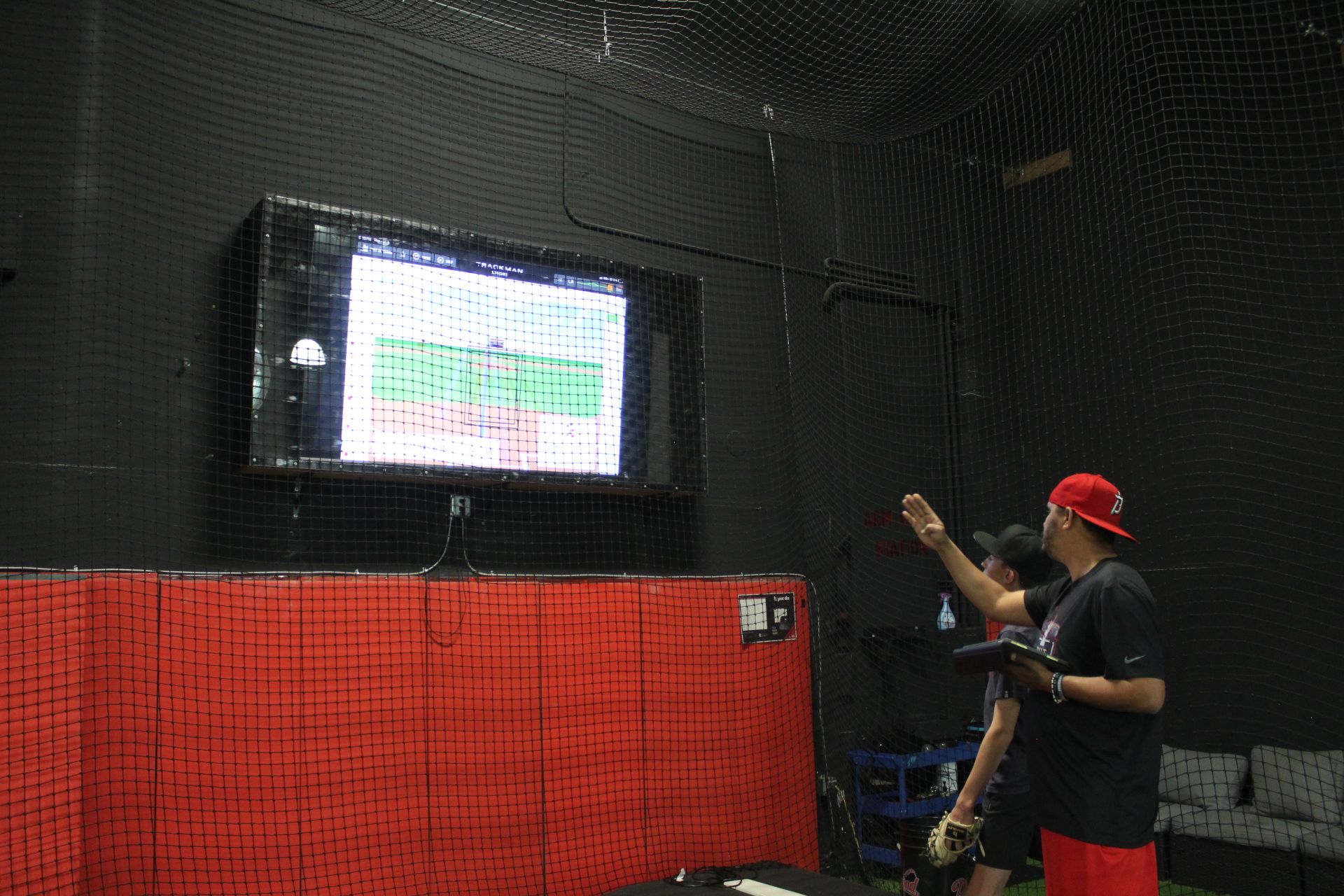

“We’re teaching them about horizontal and vertical break, how to attack hitters, effective pitch sequencing, and off the field we are making sure they are healthy and have the proper arm strength before I ask them to start firing away on the mound,” said James.
Horizontal and vertical break, spin rate and how much a pitch gyros — all metrics that Antonecchia focuses on at the collegiate level — might not always be applicable for James’ 12-year-old pitchers, but having the knowledge of these metrics will set them apart. According to James, he educates his players on what the Trackman offers but emphasized that he’s not really worried about those numbers and wants to see his pitchers understand how to approach each outing on the mound while staying healthy.
“The results from the Trackman were kind of confusing to me at first,” said Kash Calderon, one of James’ top pitchers in the program, set to graduate high school in 2029. “Coach James has spent a lot of time with me to break it all down, and now I feel like when I go back to my team I have an upperhand on my teammates who have never used the technology.”
James’ coaching philosophy is the ultimate testament to the growth of baseball analytics. It’s 2025, and all the stars have aligned. The same pitch sequencing metrics that took Corey Kluber from a mediocre, fourth round draft pick to a household name in the mid-2010s, are now being taught to 12-14 year olds who might not even be able to point out Kluber from a lineup of former ball players.
And like Antonecchia mentioned, baseball is only a few classes away from the entire community being proficient in these analytics. Trailblazers like James are paving the way for player development and education of these metrics that will make Antonecchia’s job easier and provide the game with high level talent that we’ve never seen before.
The days of Big League Chew and orange slices aren’t as prominent as they once were, but it’s hard to say if that’s necessarily a bad thing. The game of baseball is evolving; drastic career arcs like those of Turner and Kluber, thousands of jobs in analytics being created as teams nationwide salivate over the information available, and 12-year-olds studying their spin rates on the Trackman is more than enough to tell you that times have changed. Sure the numbers might put a damper on some of the baseball traditions we’ve all come to know and love, but an uptick in player development and education coinciding with a downtick in injuries is a price players, coaches and fans alike ought to consider paying.
